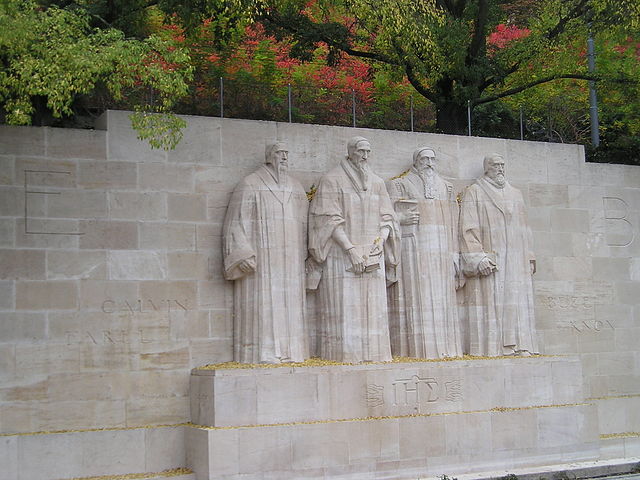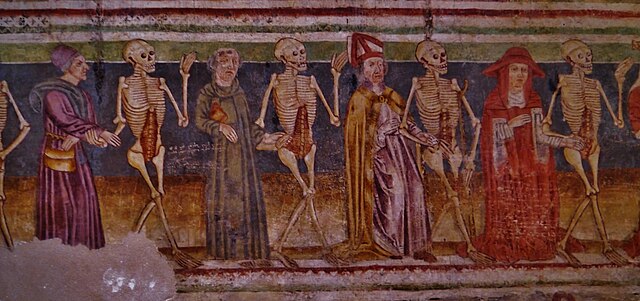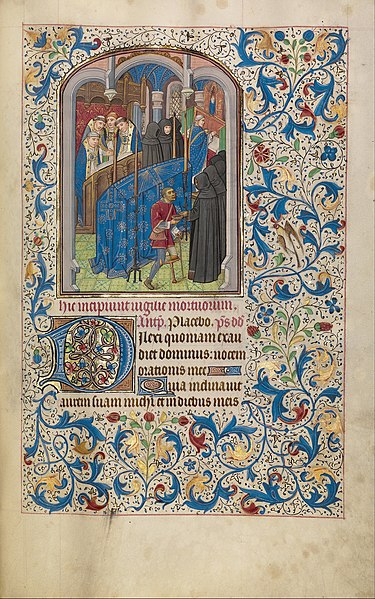Marriage in the Catholic Church
Marriage in the Catholic Church, also known as holy matrimony, is the "covenant by which a man and woman establish between themselves a partnership of the whole of life and which is ordered by its nature to the good of the spouses and the procreation and education of offspring", and which "has been raised by Christ the Lord to the dignity of a sacrament between the baptized". Catholic matrimonial law, based on Roman law regarding its focus on marriage as a free mutual agreement or contract, became the basis for the marriage law of all European countries, at least up to the Reformation.
Matrimony, The Seven Sacraments, Rogier van der Weyden, c. 1445
Mosaic depicting the wedding feast in Cana
Marriage without religious rite
Betrothal and marriage around 1200
The Reformation, also known as the Protestant Reformation and the European Reformation, was a major theological movement in Western Christianity in 16th-century Europe that posed a religious and political challenge to the papacy and the authority of the Catholic Church. Following the start of the Renaissance, the Reformation marked the beginning of Protestantism.
The International Monument to the Reformation, a statue erected in Geneva in 1909 depicting William Farel, John Calvin, Theodore Beza, and John Knox, four leaders of the Reformed tradition of Protestantism
Detail of the danse macabre (1490) by John of Kastav in the Holy Trinity Church, Hrastovlje, Slovenia
Funeral Mass with priest, choristers, bearers or mourners, and begger receiving alms (c. 1460–80)
Meeting of cardinals, bishops and theologians with Antipope John XXIII (r. 1410–1415) at the Council of Constance (from the Chronicle of the Council of Constance by Ulrich of Richenthal)








